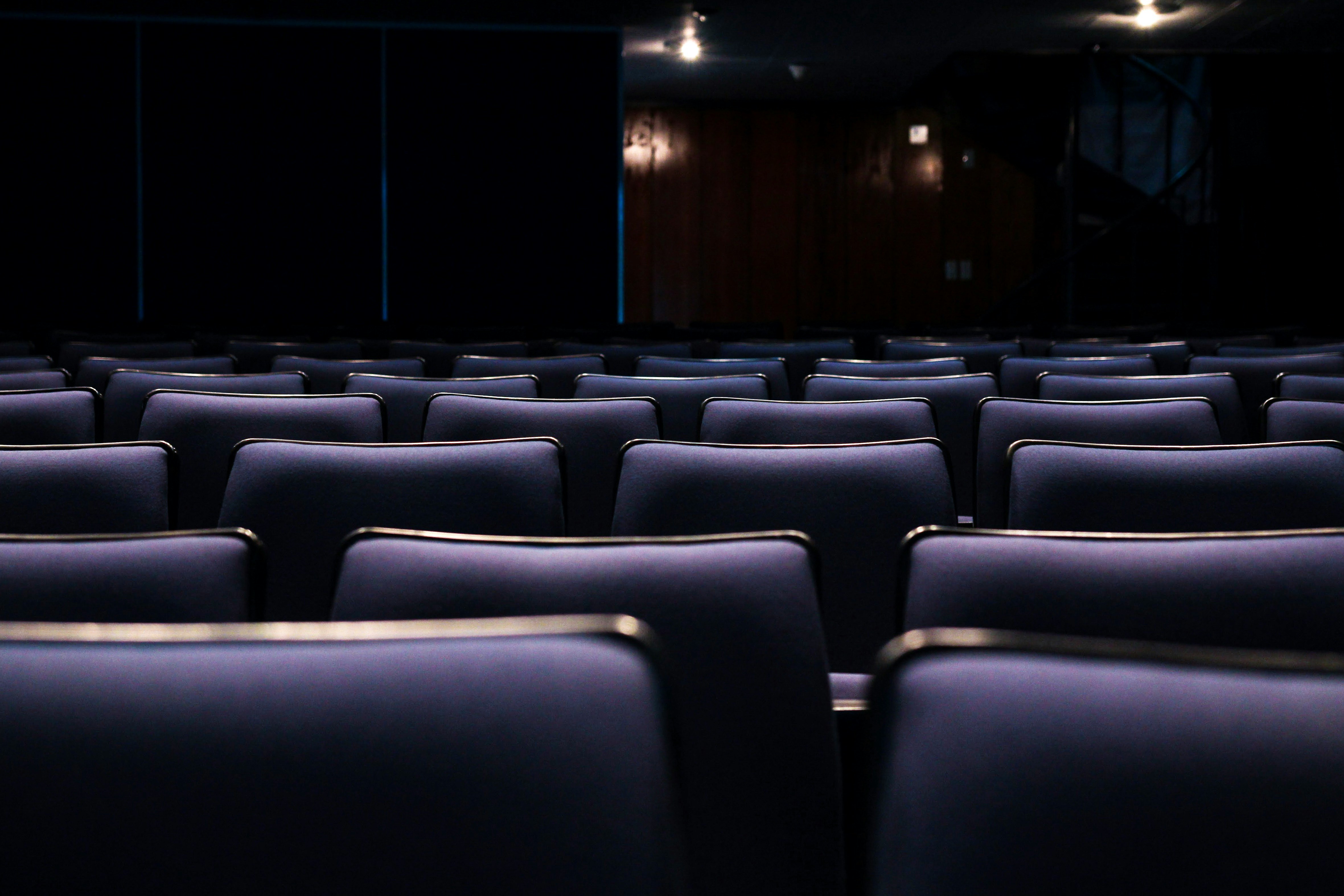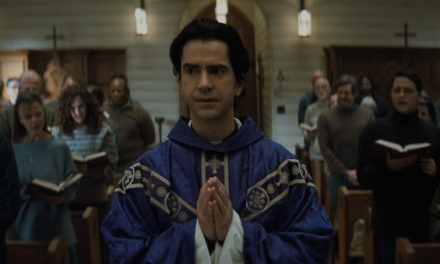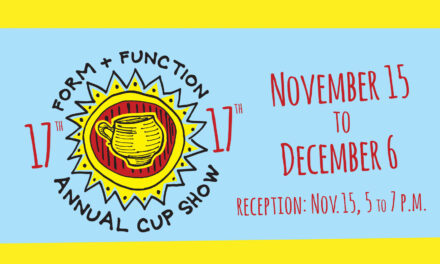
Artificial Intelligence Has Crossed Paths with Digital Art at Last
Anyone who uses any form of social media in the past several months has been exposed to various questions, comments and concerns about the incorporation of artificial intelligence, or A.I. Whether its discussing the ethical use of A.I. in school environments or automated cars driving through busy streets; artificial intelligence is quickly breaching it’s way into the cornerstones of multiple aspects of human life.
One field in particular that has become revolutionized by the incorporation of A.I. is especially the Digital Art industry. A.I. art has taken the internet by storm, allowing anyone to create breathtaking visuals that can illustrate emotions, themes, settings and stories almost just as spectacular as human-made visuals. While the common argument holds weight that A.I. is not able to perfect visuals on the same level as a living, human being, many Digital Artists still dislike the rise of A.I. art. This resentment is due to the heavy, obscuring shadow it holds over them and their work.
Will Artificial Intelligence completely make human Digital Artists obsolete? Has it already started? And how exactly do Digital Artists hope to maintain their passion filled careers against machines that can learn, improve and produce at incredible rates? Continue reading to find out more –
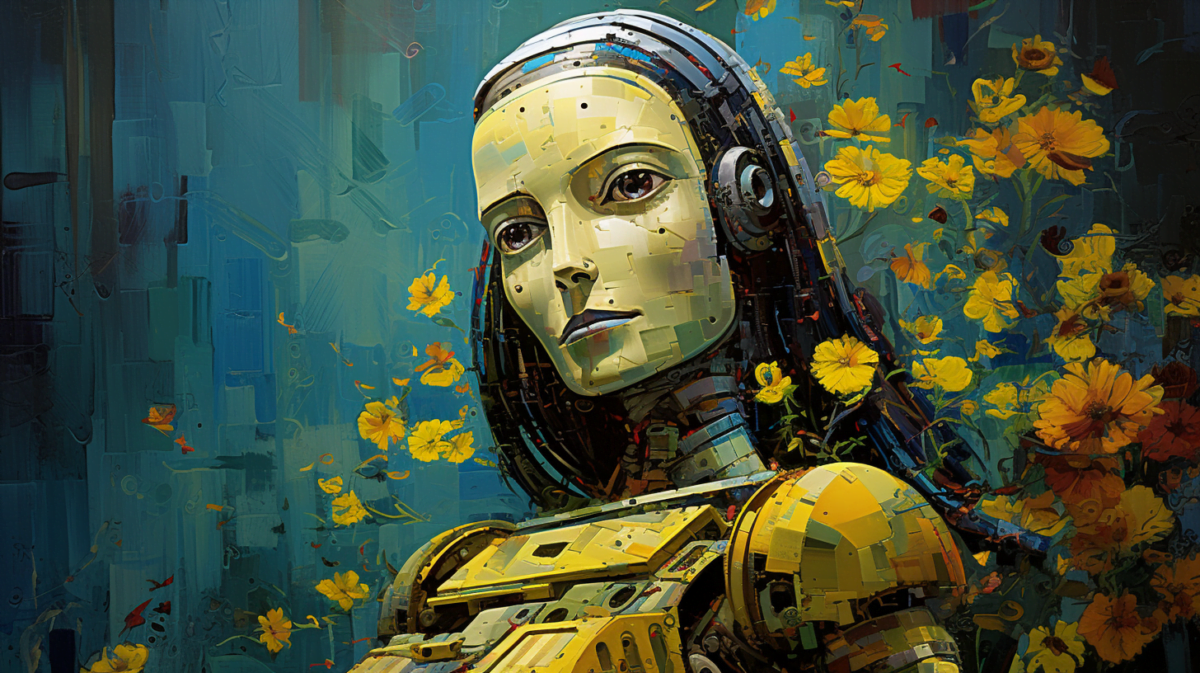
Artificial Art created by THE DECODER using Midjourney A.I.
The Good, the Bad and the Ugly of A.I. Art
Just like A.I.’s involvement in any other field or industry, discussing the morality behind A.I. art can be a nuanced and delicate topic. As consumers of both human-made and A.I. Digital Art, it is our duty to weigh the advantages, disadvantages and tradeoffs of A.I. made art. Additionally, we must determine how we should view it going forward, as it is very likely to stay.
“Why is it very likely to stay?” The most straightforward answer is time and ease of access. Human-made art can take days to even weeks to complete, as each stroke of color must be carefully lined, edged and colored to create a clean and complete piece. But with A.I. involved, these same eye-popping, breathtaking visuals can be created in just a matter of seconds. A.I. art has specifically seen a large incorporation in game development. Many developers are no longer commissioning digital artists to create portrait art for characters, or landscape art for beautiful background scenery. If game developers have figured out methods to cut costs and development time using A.I. art, who says other previously art-reliant works can’t do the same?
Well actually…there might be a reason why other industries choose not to do the same. Human-made art always has emotion, intellect and experiences behind it that help make it so connective and beautiful. While A.I. art can make art quickly, it cannot make art soulfully. With increased presence and awareness of A.I. art, many consumers have begun to learn the characteristics of A.I. art and can decipher it’s differences when compared to man made art. Additionally, many users voice that they still hold preference toward human-made art, indicating that perhaps the emotions and intelligence behind human-made art is just too important to be forgotten…
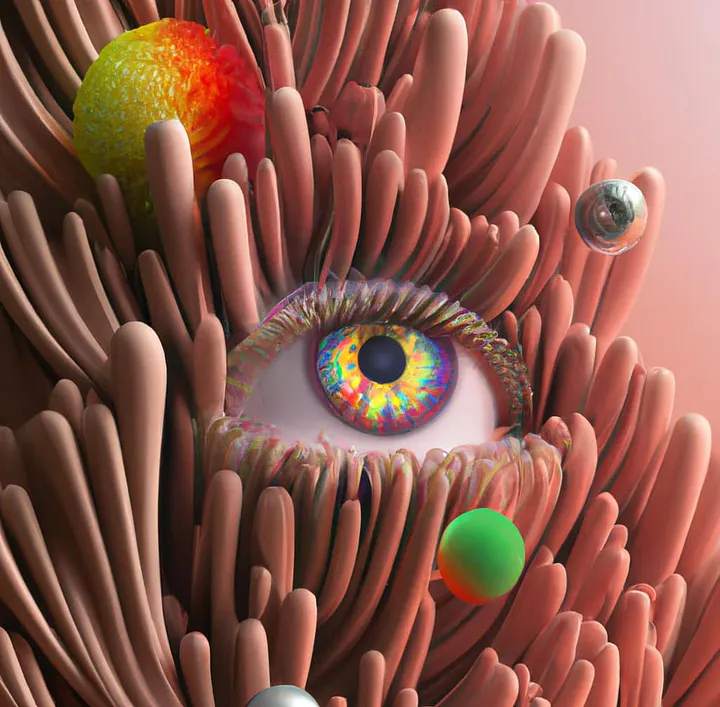
So while A.I. art may intrude on some of the benefits of human Digital Artists, it seems that overall A.I. art will stay as A.I. art, or art with an asterisk next to it so to speak. There seems to still be a desire and appreciation for human-made art and the intricacies that it carries that Artificial Intelligence art cannot replicate.
If society continues to be wary and cautious about how we consume A.I. art, then maybe there will be nothing to worry about.
But A.I. art is still relatively young, so perhaps in the future it will learn to replicate these emotions and experiences that humans prefer in visual arts…

